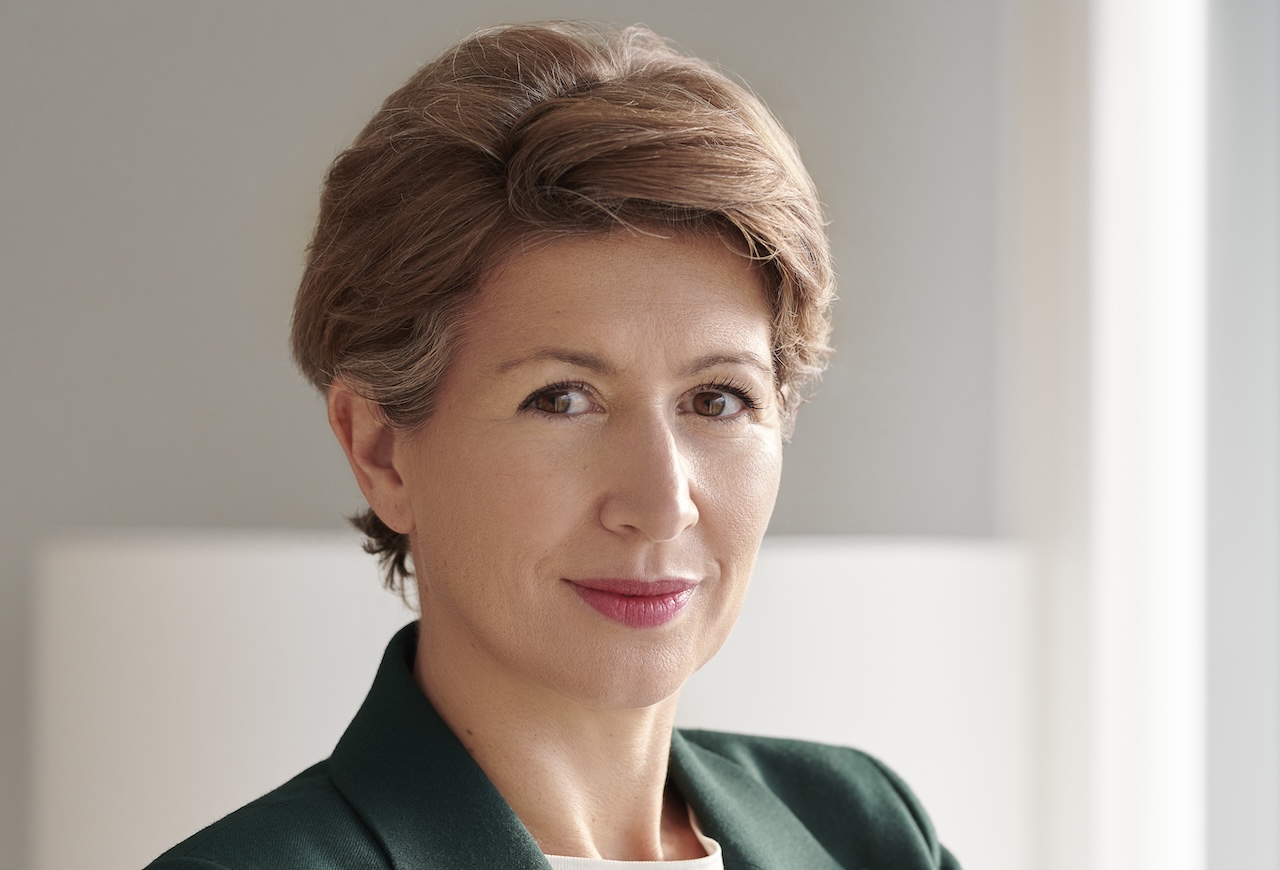Rosa Sangiorgio, executive chair of GSG Impact’s new national partner for Switzerland, discusses the potential of the Swiss impact investing market and the development of a theory of change to improve understanding and mobilise capital more effectively.

The Swiss Platform for Impact Investing (SPII) is among the most recent additions to GSG Impact’s network of national partners. Impact Investor caught up with Rosa Sangiorgio, impact investment adviser and executive chair of the new organisation, to understand the motivation for the launch and its plans for the future.
Sangiorgio says discussions around the idea of forming an independent organisation focused exclusively on impact investing started in 2021. These were held between key stakeholders in the Swiss impact investing community, including investors AlphaMundi and BlueOrchard, as well as Swiss Sustainable Finance (SSF), the non-profit dedicated to promoting sustainable finance.
“The feeling was that there were a lot of interesting initiatives happening in impact investing but the scale of the impact investment market remained quite small,” says Sangiorgio, who explains that despite the strong conviction that impact investing would eventually become mainstream, there was a recognition that for this to happen, the various players within the sector would have to stop working in silos.

“We are a small community with the same intentionality towards having a positive impact. It therefore made sense to work together to overcome our common struggles,” she says.
After several years of discussions and workshops, many of which were spearheaded by an SSF-led working group dedicated to impact investing, the Swiss Platform for Impact Investing (SPII) was finally launched last December at Building Bridges, an annual conference dedicated to sustainable finance. Simultaneously, SPII became a national partner to GSG Impact.
Common hurdles
The struggles Sangiorgio mentions include finding a common definition around what counts as impact investing, as well as developing a common set of metrics to measure and compare impact across the board. They also include overcoming the often held belief that when you invest for impact you have to accept concessionary returns.
“Particular to Switzerland is our historic position as a wealth management centre that guarantees the security and safety of capital. [But] despite the very high potential there hasn’t been a high penetration of impact investing, mostly because of the perceived risk and belief that to invest in impact you have to accept lower returns.”
Sangiorgio says that for this reason most impact investing in Switzerland today is being driven by foundations rather than institutional investors or the private banking world. To address this, she says the notion of risk has to be redefined.
“Switzerland offers an incredible opportunity for impact investing. We have this huge financial sector as well as a lot of bottom-up innovation, but we need to work on updating the definition of risk, basing it not only on past experience but on the forward-looking risk of not investing into impact,” she adds.
Theory of change
“We don’t want to be one of those organisations that thinks it has all the solutions,” Sangiorgio affirms, explaining that in the first instance, a key focus of the SPII will be on developing a theory of change.
“We have one objective. We want to increase capital flows towards impact investing and, in order to do this, we need a theory of change that incorporates both short and long-term actions.”
To start, SPII is working on mapping the Swiss impact investment ecosystem to understand who the key players are, including asset owners, intermediaries and impact-focused entrepreneurs.
The SPII will also map the different impact frameworks that are being used across the country, looking at both impact management and impact measurement frameworks in order to draw up best practices for the industry to follow as a whole.
“All these exercises are about understanding the status quo and having a base from which we can evaluate the distance to the objectives we want to reach and agree on how we will reach them.”
The SPII also plans to work with academia to better understand the needs of different stakeholders. Sangiorgio gives the example of the pension fund sector, which she describes as “solid and strong” but which, she says, is not investing into innovation or impact like its counterparts in other countries. She also mentions social entrepreneurs, whose needs and the bottlenecks they face in raising capital are poorly understood in the Swiss context.
“There is great research being done but it is often read by very few people. We want to work with academia on research but also promote it and organise events around it to raise awareness around a particular stakeholder or issue.”
Out of the theory of change, Sangiorgio says the SPII hopes to understand where they need to put all their “energy”. “Focusing is key. That’s how we generate the biggest impact,” she adds.
Cross-European collaboration
Sangiorgio says one of the biggest motivations for joining GSG Impact was the opportunity to work with and learn from other national partners.
“This is actually the reason for joining the GSG. To ensure we are part of an ecosystem where we can exchange ideas and learn from each other,” she says.
“We were in a call last week with the Luxembourg national partner where we expressed an interest in piggy backing off their work on converging on one definition of impact investing. Equally, they were interested in what we were doing around our theory of change.”
Sangiorgio says the SPII will work closely with other European partners on a range of issues from regulation to data collection.
“Within GSG Impact there is a group representing European countries and national partners and they just reopened an exercise around market sizing. They want to ensure that every European partner follows the same rules for gathering data to ensure consistency. Switzerland will be joining those efforts.”






